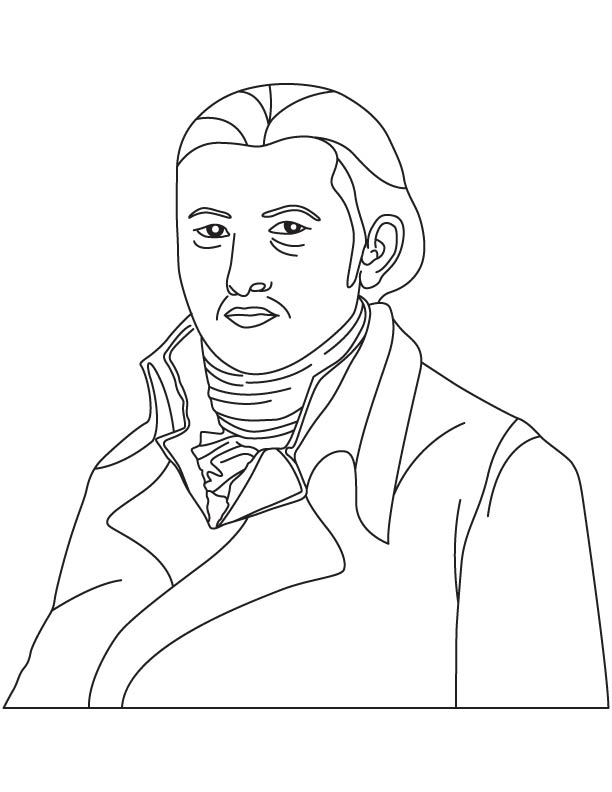Coloring Pages
- Activities Coloring Pages
- Animals and their Homes Coloring Pages
- Animals Coloring Pages
- Baby Animals Coloring Pages
- Cartoons Characters Coloring Pages
- Clothing Coloring Pages
- Coloring Pages for Teens
- Commonwealth Games Coloring Pages & Posters
- Connect the Dots Numbers
- Construction Vehicles and Tools Coloring Pages
- Culture and Tradition Coloring Pages
- Domestic/Farm Animals Coloring Pages
- Educational & Preschool Coloring Pages
- Fantasy, Medieval and Fairy Tales Coloring Pages
- Festivals Around the World Coloring Pages
- Flags of the Nations Coloring Pages
- Flower Coloring Pages
- Food and Agriculture Coloring Pages
- Health and Fitness Coloring Pages
- Holidays & Celebrations Coloring Pages
- House, Building and Home Coloring Pages
- Jungle Coloring Pages
- Maths Worksheets
- Music Coloring Pages
- Nature & Landscapes Coloring Pages
- Parts of Body Coloring Pages
- People, Occupations & Professions Coloring Pages
- Religious Coloring Pages
- Road Sign, Safety, Good Manner, Habit Coloring Pages
- Seasons, Calendar, Time & Money Coloring Pages
- Silhouettes
- Space & Exploration Coloring Pages
- Sports & Recreation Coloring Pages
- Stories, Tales and Classics Characters Coloring Pages
- Toys Coloring Pages
- Trophies, Medals and Awards Coloring Pages
- Vehicles & Transportation Coloring Pages
- World Famous Great Inventions
- World Famous Great Scientist and Inventors
Edward Jenner coloring pages


Known as the 'Father of Immunology', Edward Jenner (17 May, 1749–26 January, 1823) was an English scientist. He is known for the invention of smallpox vaccine. Vaccination was a regular exercise but it could not prevent the disease from occurring. Edward Jenner decided to just add the element of prevention from occurring (Immunity) to the vaccine and used contact with cowpox disease for the purpose. He knew that milkmaids who were in contact with cows were immune to smallpox and contracted with a harmless disease cowpox, which never affected them in anyway. To test his theory he got pus from a milkmaid's body and inserted it in a small boy's arm and later exposed the boy to smallpox virus who was found immune. He tested it on several other boys before producing the final results. Though the invention was made in 1796 yet it was only after his death that it was accepted.




 Print this page
Print this page














































































































































